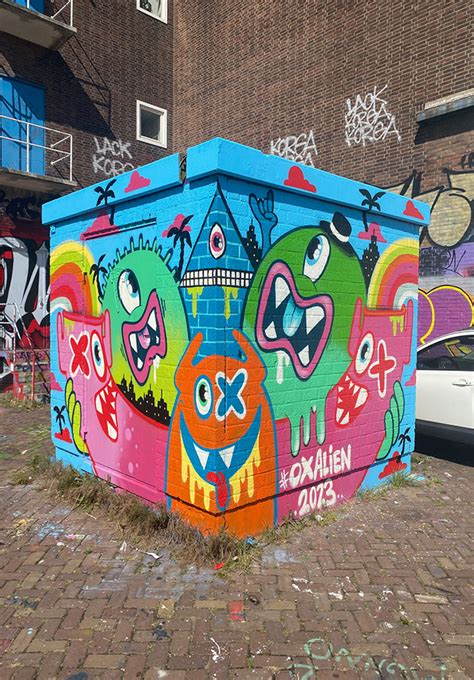Street art, a vibrant and dynamic form of expression, has transformed urban landscapes around the world. Emerging from the fringes of society, it has evolved into a celebrated cultural phenomenon, reflecting the voices of diverse communities and sparking conversations on social, political, and environmental issues. This article, “Discovering the Vibrant World of Street Art: A Journey Through Urban Creativity,” delves into the rich historical background and evolution of street art, its cultural significance, and its impact on society. We will explore iconic street art destinations, various styles and techniques, and the influential artists who have shaped this unique art form. Join us as we navigate the challenges, controversies, and future prospects of street art.
gamesfats.com will lead an exploration of this topic in detail.
1. Historical Background and Evolution
Street art has a rich history that dates back to ancient civilizations, where public spaces were adorned with murals and carvings. However, the modern incarnation of street art began to take shape in the 1960s and 1970s, particularly in New York City. This era saw the rise of graffiti as a form of rebellion and self-expression among marginalized youth. Artists like Cornbread and Taki 183 became pioneers of this movement, tagging their names on walls and subway cars, laying the groundwork for what would become a global phenomenon.
As graffiti spread, so did its evolution. The 1980s witnessed a shift from simple tags to more elaborate and colorful pieces, incorporating intricate designs and social messages. Street art began to gain recognition as a legitimate art form, with artists like Keith Haring and Jean-Michel Basquiat bridging the gap between street and gallery spaces.
In the 1990s and 2000s, street art expanded beyond graffiti, embracing diverse techniques such as stenciling, wheat-pasting, and installation art. Artists like Banksy and Shepard Fairey pushed the boundaries, using their work to comment on political and cultural issues. Today, street art is a global movement, celebrated in cities worldwide for its ability to transform public spaces and provoke thought. Its evolution continues, reflecting the ever-changing dynamics of urban life and creativity.
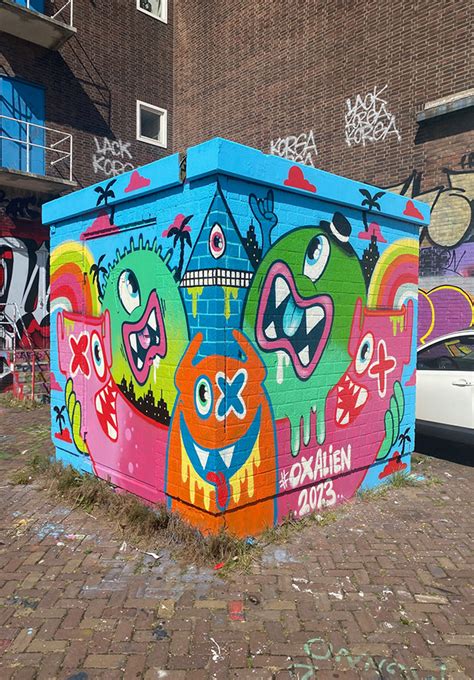
2. Cultural Significance and Impact
Street art holds immense cultural significance, serving as a powerful medium for self-expression and community engagement. Unlike traditional art confined to galleries and museums, street art is accessible to the public, transforming everyday urban spaces into vibrant canvases. This democratization of art allows diverse voices to be heard, particularly those from marginalized communities who often use street art to highlight social, political, and economic issues.
The impact of street art extends beyond mere aesthetics. It fosters a sense of identity and pride within communities, revitalizing neglected neighborhoods and attracting tourism. Cities like Berlin, São Paulo, and Melbourne have become renowned for their street art scenes, drawing visitors eager to explore their creative landscapes. Street art also serves as a platform for dialogue and activism, addressing topics such as human rights, environmental concerns, and political corruption.
Moreover, street art has influenced other art forms, from fashion and music to graphic design and advertising. Its ability to capture the zeitgeist and provoke thought makes it a significant cultural force. As street art continues to evolve, it remains a testament to the resilience and creativity of urban communities, continually shaping and reflecting the world around us.
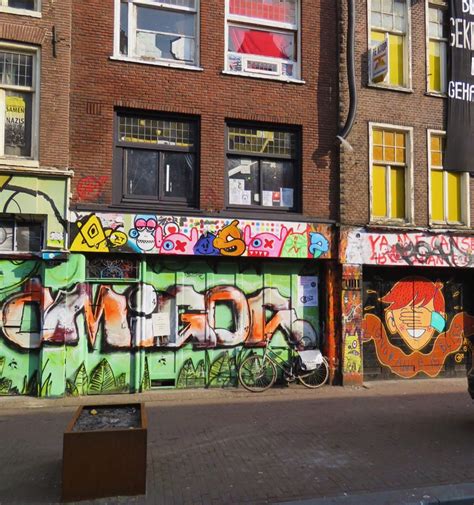
3. Iconic Street Art Destinations
Several cities around the world have become iconic destinations for street art, each offering a unique glimpse into the vibrant world of urban creativity. Berlin, Germany, stands out with its East Side Gallery, a preserved section of the Berlin Wall adorned with powerful murals that reflect the city’s history and political changes.
São Paulo, Brazil, is renowned for its sprawling street art scene, particularly in the Vila Madalena neighborhood, where colorful murals cover entire buildings, showcasing the city’s dynamic and diverse artistic talent.
Melbourne, Australia, boasts an impressive array of street art, with Hosier Lane being the most famous. This ever-changing gallery of graffiti and murals attracts both local and international artists, making it a must-visit for street art enthusiasts.
New York City, USA, the birthplace of modern graffiti, remains a key destination with areas like Bushwick in Brooklyn showcasing large-scale works by renowned artists.
London, UK, also holds a significant place in the street art world, particularly in the Shoreditch area, where Banksy’s works and other vibrant pieces adorn the streets.
These cities exemplify how street art can transform urban environments into open-air galleries, reflecting local culture and global artistic trends.
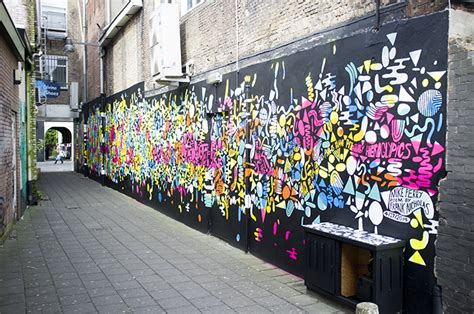
4. Styles and Techniques
Street art encompasses a wide range of styles and techniques, each contributing to the diversity and richness of the urban art landscape. Graffiti, the most recognizable form, often features intricate lettering and vibrant colors, with styles ranging from simple tags to complex wildstyle pieces.
Stenciling, popularized by artists like Banksy, involves creating designs on paper or cardboard and transferring them to surfaces with spray paint. This technique allows for precise and repeatable images, often carrying strong political or social messages.
Wheat-pasting is another common technique, where artists adhere printed posters or hand-drawn artworks to walls using a paste made of flour and water. This method enables the creation of large-scale, detailed images that can be quickly applied.
Murals, large paintings typically created with brushes or rollers, transform entire walls into elaborate works of art. These can range from abstract compositions to realistic portraits, often telling stories or commemorating local history.
Other innovative techniques include sticker art, yarn bombing, and 3D installations, each adding unique textures and dimensions to urban spaces. Together, these diverse styles and techniques showcase the boundless creativity and adaptability of street artists, continually pushing the boundaries of public art.
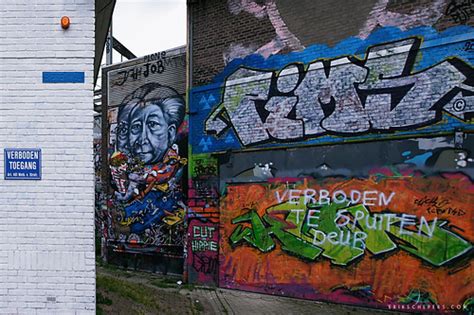
5. Prominent Street Artists
The world of street art is populated by numerous talented and influential artists who have made significant contributions to the field. Banksy, perhaps the most famous, is known for his provocative stenciled works that address social and political issues with a sharp wit and subversive edge. His anonymity adds to his mystique and allure.
Shepard Fairey, another prominent figure, gained widespread recognition for his “Obey Giant” campaign and the iconic “Hope” poster of Barack Obama. Fairey’s work blends graffiti, graphic design, and activism, making powerful statements through his art.
Jean-Michel Basquiat transitioned from street art to the fine art world, becoming a celebrated neo-expressionist painter. His graffiti roots remained evident in his raw, emotive style and use of text and imagery.
Keith Haring’s vibrant, cartoon-like figures brought street art into galleries, addressing themes of sexuality, race, and AIDS awareness. His public murals and sculptures continue to inspire.
Other notable artists include Invader, known for his pixelated mosaic installations, and Swoon, who creates intricate wheat-paste portraits. These artists, among others, have elevated street art, transforming it into a respected and influential art form worldwide.
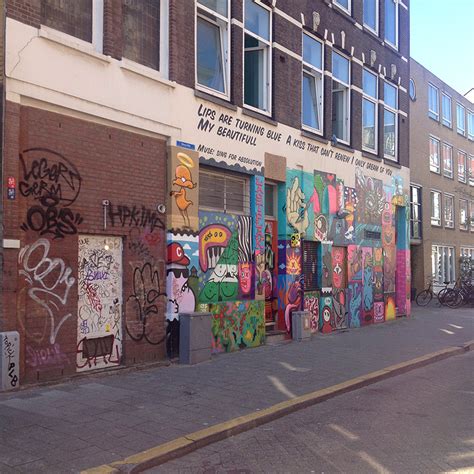
6. Community and Collaboration
Street art is inherently tied to community and collaboration, thriving in urban environments where artists interact with their surroundings and each other. This communal aspect fosters a sense of shared identity and collective creativity, often bringing together diverse groups of people. Community-driven projects, like mural festivals and street art tours, engage local residents, allowing them to contribute to the artistic process and see their neighborhoods transformed by vibrant artworks.
Collaborations among artists are common, resulting in dynamic pieces that blend various styles and techniques. These joint efforts not only enhance the visual impact of street art but also build networks of support and mutual respect among artists. Events like the Meeting of Styles, an international graffiti festival, provide platforms for artists to connect, share ideas, and collaborate on large-scale projects.
Moreover, street art often involves collaboration with local businesses and city councils, turning blank walls into canvases that enhance the urban landscape. These partnerships can revitalize neglected areas, boost tourism, and create economic opportunities for local communities. Through these collaborative efforts, street art fosters a spirit of unity and innovation, continually reshaping and enriching urban spaces.
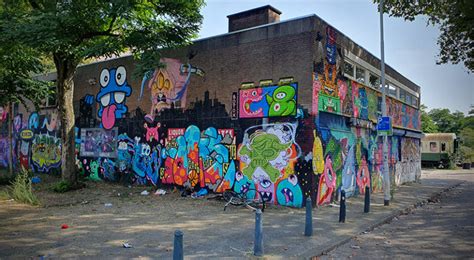
7. Challenges and Controversies
Street art, while celebrated for its creativity and impact, faces several challenges and controversies. One major issue is the legal status of street art. Many cities consider graffiti and unauthorized murals as vandalism, leading to legal repercussions for artists and the removal of their work. This tension between artistic expression and property rights often sparks debates about the boundaries of public space.
Additionally, street art can provoke controversy due to its political or provocative content. Works addressing sensitive topics or challenging social norms can elicit strong reactions from the public and authorities, sometimes resulting in censorship or removal.
The commercialization of street art is another concern. As street art gains mainstream popularity, some argue that its commodification dilutes its original rebellious spirit and authenticity. High-profile collaborations with corporations and galleries can create a divide between commercial success and grassroots artistic integrity.
Moreover, the transient nature of street art means that many works are short-lived, subject to weathering, removal, or alteration by other artists. This impermanence can be seen as both a challenge and a defining feature, emphasizing the ephemeral and evolving nature of urban creativity.
These challenges and controversies highlight the complex relationship between street art, society, and the legal system, reflecting ongoing debates about the role of public art in urban environments.
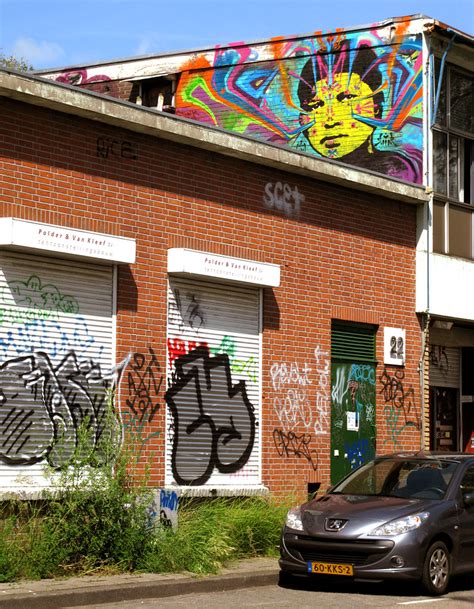
8. The Future of Street Art
The future of street art is poised for exciting transformations, influenced by technological advancements and evolving cultural landscapes. Digital technology is increasingly shaping street art, with artists using augmented reality (AR) and projection mapping to create immersive and interactive experiences. These technologies allow for dynamic, changing artworks that engage audiences in new and innovative ways.
Social media continues to play a crucial role in the future of street art, enabling artists to reach global audiences and collaborate across borders. Platforms like Instagram and TikTok showcase street art to a wider public, providing exposure and facilitating international connections.
Moreover, the growing acceptance of street art within the art world suggests a future where it may achieve even greater legitimacy and integration into mainstream culture. Collaborations between street artists and prestigious institutions could lead to more opportunities for public exhibitions and recognition.
However, challenges such as legal restrictions and commercialization will likely persist. Artists may need to navigate these issues while continuing to push creative boundaries. As street art evolves, it will undoubtedly remain a vibrant, influential force in urban culture, reflecting and shaping the dynamic nature of contemporary society.
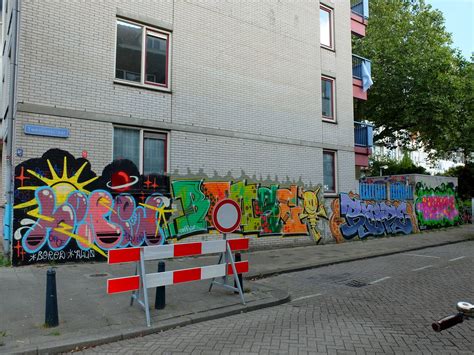
Street art, with its rich history and dynamic evolution, continues to be a powerful form of expression and community engagement. From its rebellious beginnings to its current status as a global phenomenon, street art reflects diverse voices and cultural shifts. As it adapts to new technologies and societal changes, street art will remain a vibrant and influential force in shaping urban landscapes.
gamesfats.com
